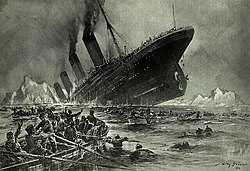







The following are lists of disasters.








The following are lists of disasters.
A natural disaster is the highly harmful impact on a society or community following a natural hazard event. These lists are lists of natural disasters:
These are lists of disasters caused by accidental human action.
These are lists of disasters caused by intentional human action or public endangerment or culpable negligence.